The not so obvious reasons to get a range finder
Categories: Golf Accessories • Golf Equipment • Miscellaneous
There are OBVIOUS reasons why a range finder will help, mainly getting the yardage to the flag.
BUT after testing out a few (and deciding on the pinseeker) I’ve thought about it and there are MANY ways other than just yardage to the flag that a range finder can help your game.
Pace of play
If used correctly, a range finder can speed up play. No searching for sprinkler heads or markers and pacing yardages off.
Conversely if used incorrectly or too much they may slow down play.
More fairways hit
I often blow my drive through doglegs. I’m not a “bomber” in today’s sense but I can knock it out there fairly far. Using a range finder to determine if I should hit driver or what line I should hit my driver on could be a big advantage. More fairways hit, lower scores.
If my drives go 280-300 and the dogleg is 255, that means pull a 3w or take some off the corner. Confidence in knowing what shot to hit, more fairways, lower scores.
Lay ups and carries
Yardages to hazards or targets other than the flag: Say you want to lay up short of a water hazard or ditch or something like that? You can get an exact yardage to the front of the hazard and take a club or two less. You can get a yardage to clear the hazard and take a club or two more.
The most important reason to use a range finder
This could be the most important reason to own a range finder: KNOWING EXACTLY HOW FAR ALL YOUR CLUBS GO. I could see hitting lots of shots on the range and the course and then shooting the ball when it comes to rest to determine the EXACT yardage all your clubs go.
For instance I conveniently have the following numbers for my irons: LW 100, SW 100-110, GW 120-125, PW 140, 9i 150, 8i 160, 7i 170, 6i 190, 5i 200, 4i 210, 3i 230 etc…
Now those are really “convenient numbers” aren’t they? They are all base ten basically. But if I were to take a 7i and hit say 30 shots and shoot the average I could come up with a fairly exact distance my 7i really goes. I bet it isn’t exactly 170 yards. Maybe it’s 167. Maybe it’s 175?
So take that information onto the course. The pin is exactly 180 yards away. But the front of the green slopes away from you. The front of the green is 175 yards. After shooting my 7i I determine it goes exactly 175 yards. I choose 7i, hit the front of the green and the ball rolls down to exactly pin high.
That kind of data could only be determined with a range finder, or spending hours pacing off shots on the range. You can’t really pace off shots like Bobby Jones used to because you’d either be killed by other golfer’s shots on the range, or kicked off by the marshall.
Conclusion
Some more “traditional” or “old fashioned” types may poo-poo range finders but they’re just another advancement in the game of golf like balata and steel shafts were in their day.
I think when used properly range finders can increase the pace of play and give the player better data on his game. Having more confidence in club selection and distances can only help the player’s confidence and help him execute good shots which go the right distance. For most amateurs especially, distance is a big “unknown.” Most amateurs come up short on the majority of their approach shots.


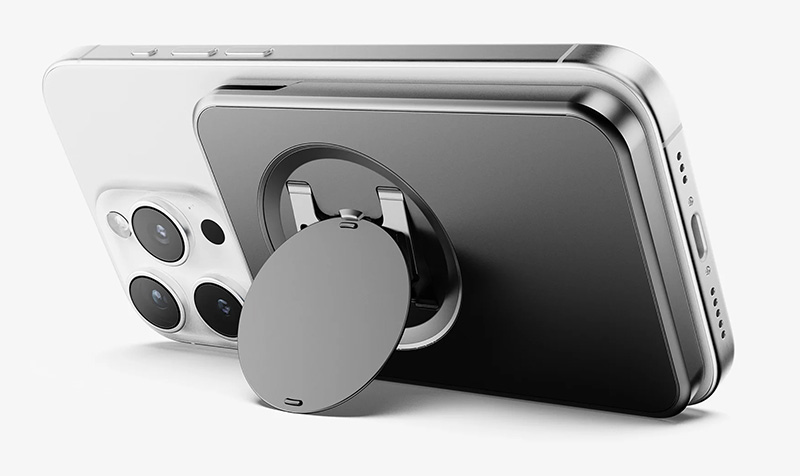
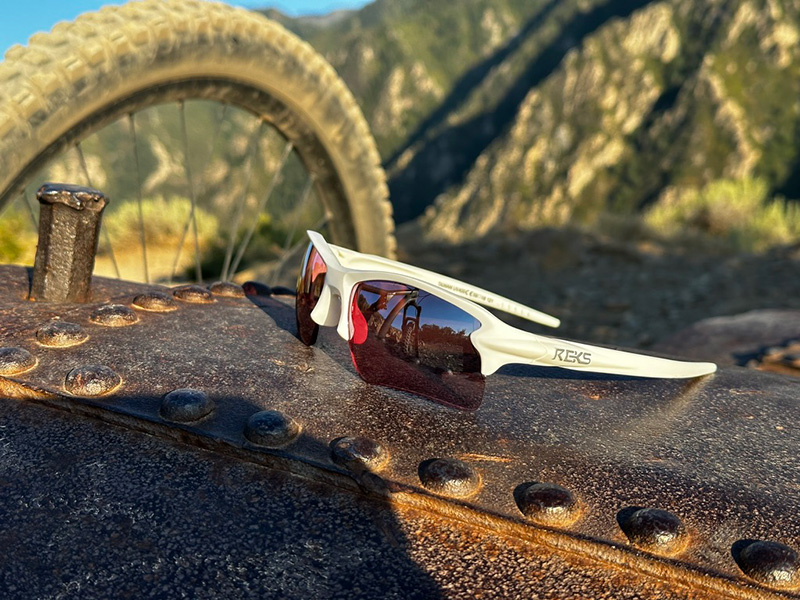
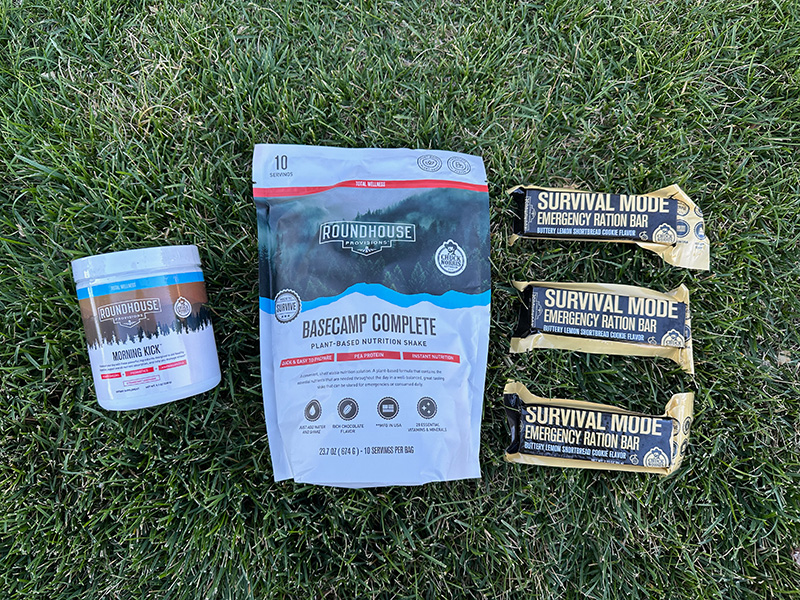
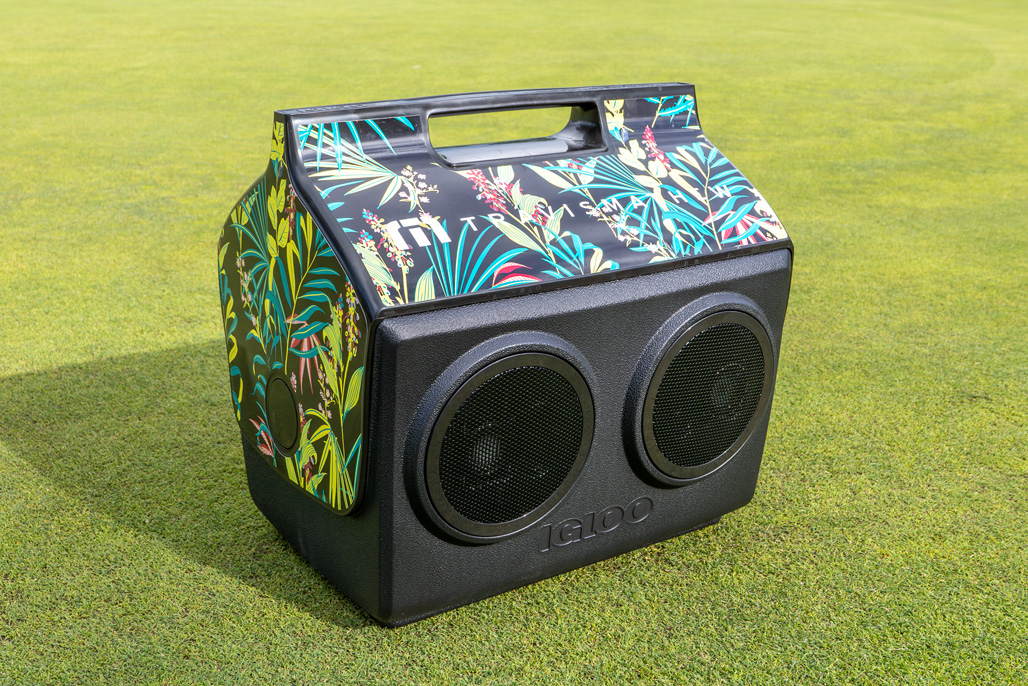

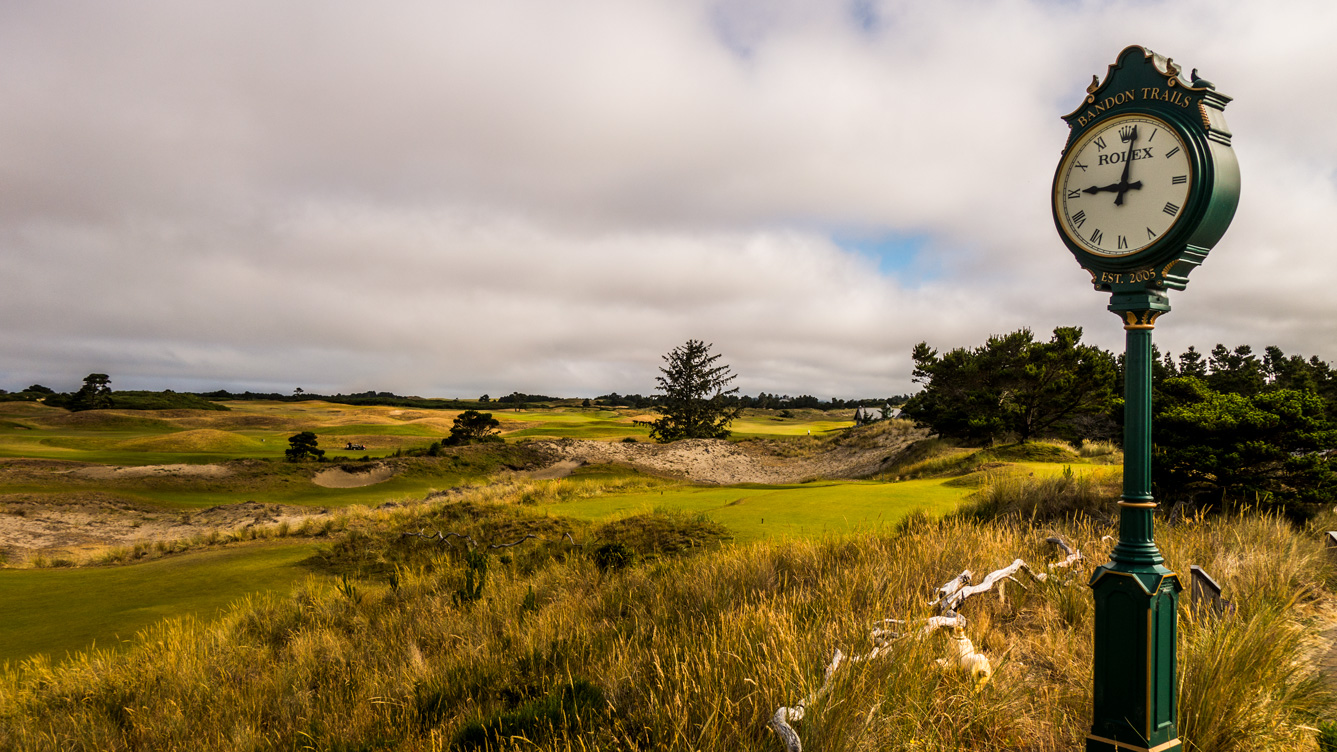

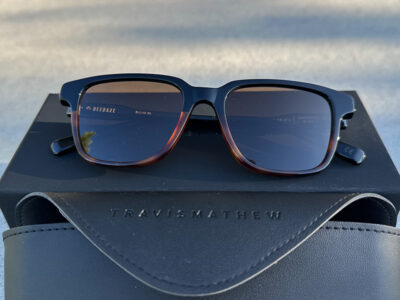
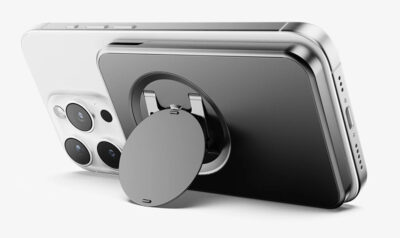
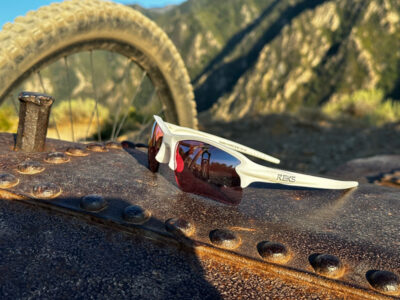
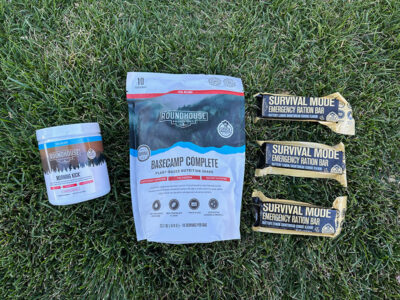
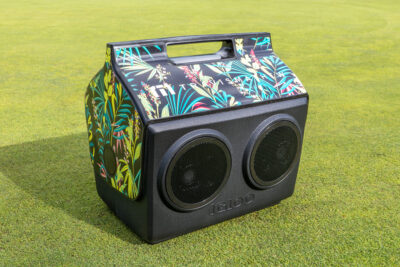
I don’t think there’s anything wrong with using a range finder. I know some people may consider it “cheating”, but in reality it doesn’t drop your ball next to the hole. You still have to hit the ball yourself and using a range finder doesn’t mean you’ll hit a perfect shot.
I’m always pacing off yards from the markers. I might thinking about picking one up ;).